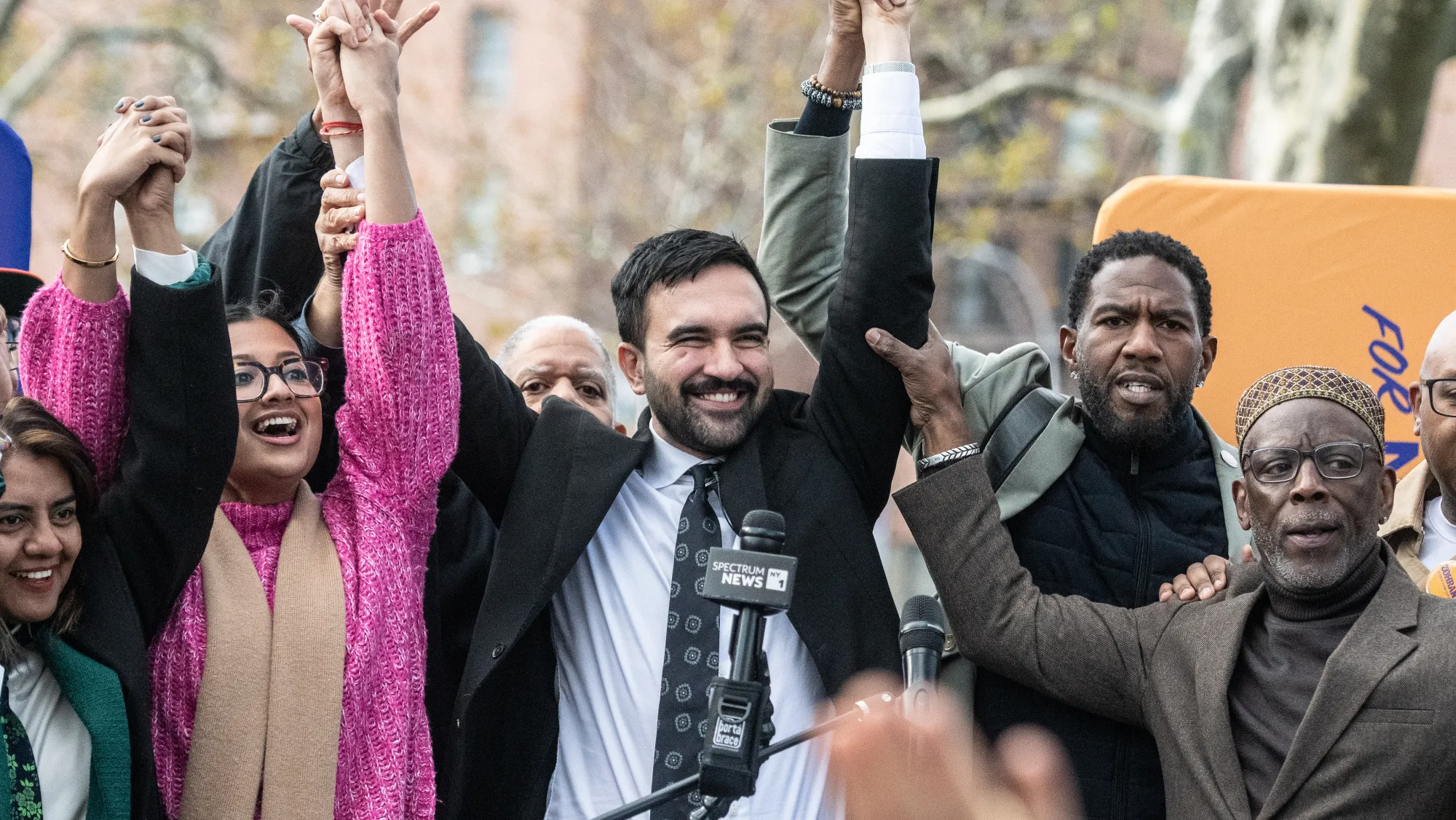Journalists in balochistan are not journalists. They are jugglers and acrobats. Dancing to the tune of various groups. Let me state it more clearly, Journalists in Balochistan have to tread a fine line vaguely defined by religious militant outfits, nationalist separatists and operatives of intelligence agencies. Each group has its own red lines that if a journalist crosses he/she is likely to face repercussions.
The International Federation of Journalists in its recent report titled: Another Brutal Year for Journalists in Pakistan, has noted Pakistan as the most dangerous country for journalists. The journalist rights group says 14 journalists have been assassinated in the line of their duties in Pakistan in 2014; 6 of them were from Balochistan. The report also identifies Balochistan as the most dangerous place for journalists within Pakistan. I quote from the report:
Journalists in Pakistan lived under constant threat of killings, harassment and other violence from state and non-state actors throughout 2014. There were other issues like unemployment, downsizing, and non-payment of salaries but the incidents of violence against journalists dominated the year.
Likewise, Amnesty International in a recent report titled, A bullet has Been Chosen For You: Attack on journalists in Pakistan, notes that Balochistan is the deadliest place for journalists in the world to work. It notes that state sponsored militants, secret agencies and Baloch armed groups kill journalists to impose their version of narratives.
Over the past seven years at least 44 journalists have been brutally killed in the country, but not a single case has been investigated so far. In Balochistan, successive provincial governments seem helpless and issue mere statements of condemnation. Condemnations and condolences never bring back precious lives. In case of the Secretary General of Balochistan Union of Journalists Irshad Mastoi, the government expressed deepest condolences and formed a judicial commission headed by Justice Muhammad Hashim Kakar of the Balochistan High Court to conduct the inquiry into his killing. However the commission has failed to bring justice to the families of the slain journalists and no arrests have been made in relation to the case.
A Quetta-based journalist, who would like remain anonymous, explained that it was senseless to except the provincial government to provide security to journalists, he noted, ‘The Chief Minister himself is not safe in the province. How can we expect security from him?’
What most journalists acknowledge are that there are ‘red-lines’ that they are not allowed to cross, yet, as a local Baloch journalist also on the condition of anonymity, told me, ‘You have to take care of all red lines before you start reporting on any issues germane to Balochistan. Most unfortunately, these red lines are invisible’.
Thus, as Shahzada Zulfiqar, a prominent journalist based in Quetta, told me, ‘in Balochistan, journalists are ruthlessly threatened by the state and non state actors. There is no independent journalism in Balochistan as both the state and non-state actors want to take over the media.’
Asif Magsi, 25, a Pakistani journalist describes, “Pakistan’s infamous record for press freedom is the worst in Balochistan, compared to other provinces. Today, Balochistan is a battlefield and the most agitated province for journalists in Pakistan where attacks on journalists go unnoticed”.
Invisible red lines then form the editorial line that journalists have to abide by to live. To cross them means to report on enforced-disappearances, to report on mass graves or on state sponsored militias. What all this means, then, is that between the reality of what a journalist knows and sees and what he/she states there lies a gap. The main-stream media is then not a source of truth on Balochistan – it is rather a journalism between red lines.
Zahid Ali is a freelance blogger who blogs for The Express Tribune Pakistan. He tweets @ZSajidi and can also be reached at zahidsajidi09@gmail.com

